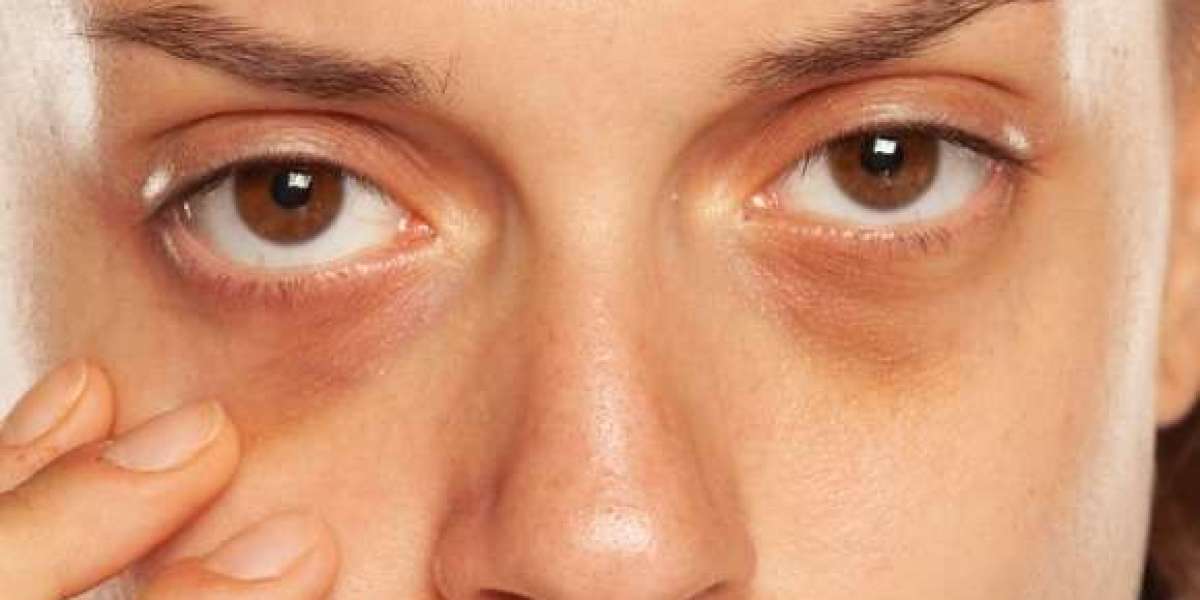Polynucleotides treatment is emerging as a revolutionary approach in regenerative medicine and cosmetic dermatology. With a foundation rooted in molecular biology, this innovative therapy leverages the body's natural healing mechanisms to address a wide range of conditions, from wound healing to skin rejuvenation. This article explores the intricacies of polynucleotides treatment, its applications, mechanisms, benefits, and potential future developments.
What Are Polynucleotides?
Polynucleotides are long chains of nucleotides, the basic building blocks of DNA and RNA. Each nucleotide comprises a nitrogenous base, a sugar molecule, and a phosphate group. When linked together, they form the genetic material that governs cellular functions. In the context of medical treatments, polynucleotides are typically derived from natural sources, such as salmon sperm, which are rich in these biomolecules.
Mechanism of Action
Polynucleotides work primarily by promoting cellular regeneration and repair. They achieve this through several mechanisms:
Stimulation of Fibroblasts: Polynucleotides activate fibroblasts, the cells responsible for producing collagen and other extracellular matrix components. This stimulation enhances the skin’s structural integrity and elasticity.
Anti-inflammatory Effects: These molecules exhibit anti-inflammatory properties, reducing swelling and redness. This makes them particularly useful in treating inflammatory skin conditions.
Angiogenesis: Polynucleotides promote the formation of new blood vessels, improving blood flow and nutrient delivery to damaged tissues, which accelerates healing.
Hydration and Moisture Retention: They have hygroscopic properties, meaning they can attract and retain water, which helps in maintaining skin hydration.
Applications of Polynucleotide Treatment
Polynucleotide treatment has diverse applications in both medical and cosmetic fields:
Skin Rejuvenation: One of the most popular uses of polynucleotides is in aesthetic dermatology for skin rejuvenation. By enhancing collagen production and skin hydration, polynucleotide-based treatments can reduce fine lines, wrinkles, and improve skin texture and tone.
Wound Healing: Polynucleotides are used to promote wound healing. Their ability to stimulate cellular regeneration and angiogenesis makes them effective in treating chronic wounds, surgical incisions, and ulcers.
Hair Growth: Emerging studies suggest that polynucleotides can stimulate hair growth by enhancing blood flow to hair follicles and providing a conducive environment for follicle health.
Treatment of Scars: Polynucleotides can improve the appearance of scars by promoting the remodeling of the extracellular matrix and reducing inflammation.
Ophthalmology: In eye care, polynucleotide-based treatments are used to heal corneal injuries and enhance recovery after eye surgeries.
Treatment Procedure
The treatment process with polynucleotides typically involves the following steps:
Consultation: A thorough consultation with a healthcare professional is necessary to determine the suitability of the treatment for the patient's specific needs.
Preparation: The treatment area is cleaned and prepped. Depending on the treatment, a topical anesthetic may be applied to minimize discomfort.
Injection: Polynucleotides are administered via fine needles. The depth and amount of the injection depend on the condition being treated. For facial rejuvenation, injections are made into the dermis layer of the skin.
Post-treatment Care: Patients may experience mild swelling or redness, which typically subsides within a few days. Specific aftercare instructions are provided by the healthcare provider to ensure optimal results.
Benefits of Polynucleotide Treatment
Polynucleotide treatments offer numerous benefits:
Biocompatibility: Polynucleotides are naturally occurring in the body, reducing the risk of adverse reactions and making them highly biocompatible.
Minimal Downtime: Unlike more invasive procedures, polynucleotide treatments generally involve minimal downtime, allowing patients to resume their normal activities quickly.
Natural Results: The results are subtle and natural-looking, as the treatment enhances the body’s own regenerative capabilities.
Versatility: These treatments can be tailored to address a wide range of conditions, making them a versatile tool in both medical and cosmetic fields.
Potential Risks and Considerations
While polynucleotide treatments are generally safe, there are some potential risks and considerations:
Allergic Reactions: Though rare, there is a possibility of allergic reactions. A thorough medical history and allergy test can help mitigate this risk.
Infection: As with any injection-based treatment, there is a minor risk of infection. Using sterile techniques and proper aftercare can minimize this risk.
Variability in Results: Individual responses to treatment can vary. Factors such as age, skin condition, and overall health can influence the effectiveness of the treatment.
Cost: Polynucleotide treatments can be costly, especially since multiple sessions may be required to achieve desired results.
Future Prospects
The future of polynucleotide treatment looks promising, with ongoing research exploring new applications and improving existing protocols. Some areas of interest include:
Chronic Disease Management: Research is being conducted to explore the use of polynucleotides in managing chronic diseases such as osteoarthritis and diabetes-related complications.
Advanced Drug Delivery Systems: Polynucleotides are being investigated as carriers for targeted drug delivery, potentially improving the efficacy and reducing the side effects of various medications.
Genetic Therapies: With advancements in genetic engineering, polynucleotides could play a role in developing gene therapies for hereditary diseases.
Conclusion
Polynucleotide treatment represents a significant advancement in the field of regenerative medicine and cosmetic dermatology. Its ability to harness the body’s natural healing processes makes it a powerful tool for a wide range of applications, from skin rejuvenation to wound healing. While more research is needed to fully understand and expand its potential, the current evidence suggests that polynucleotides offer a safe and effective option for those seeking to enhance their health and appearance. As science progresses, the applications of this innovative therapy are likely to grow, providing new hope for patients and practitioners alike.






